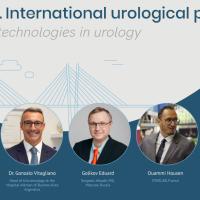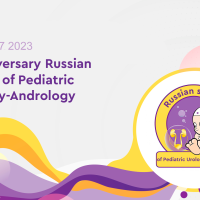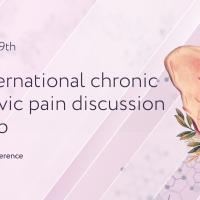
Efficiency of shock-wave lithotripsy depends on the physical and chemical characteristics of the stone
Article authors


Goal
development of optimal performance modes for shock-wave lithotripsy in children with urolithiasis, depending on stone physical and chemical characteristics.
Materials and methods
from 2015 to 2018 were examined a total of 158 children aged from 8 months to 17 years with a calyceal or pelvical stone localization. This population was divided into 2 groups depending on the mode of shock-wave lithotripsy. The retrospective analysis group, which was also the comparison group, comprised of 80 children. In this group was applied a usual stone lithotripsy mode: 2500 shock-wave impulses of 15 kV voltage regardless of the stone characteristics. The prospective analysis group comprised of 78 patients, whom were applied our newly developed shock-wave lithotripsy modes. This group of patients was formed after determining of physical and chemical stone characteristics at the pre-operative diagnostic phase using up-to-date technologies and modern diagnostic equipment. It was the possibility of determining the volume, density and chemical composition of the stone, performing multislice computed tomography. The first group of patients was divided into 4 subgroups depending on the density and volume of the stone. Then, for these patients were developed 4 modes of shock-wave lithotripsy. They were based on the time of stone complete destruction according to ultrasound testing, using the ASQ program. In 3 months was performed a control examination and the effectiveness of all modes of stone fragmentation was analyzed.
The evaluation criteria were the median of shock-wave impulses quantity and voltage, leading to the complete fragmentation of the stone.
Material and methods
from 2015 to 2018, 158 children aged from 8 months to 17 years were examined with a calyx pelvis localization of calculus, which were divided into 2 groups depending on the mode of remote shock wave lithotripsy. The group of retrospective analysis, it was also the comparison group, comprised 80 children who had the traditional calculus crushing mode used, which applied 2500 shock-wave pulses with a voltage of 15 kV to each patient regardless of the calculus properties. The prospective analysis group consisted of 78 patients with our newly developed modes of shock-wave lithotripsy. This group of patients was formed after they determined the physicochemical parameters of the calculus at the stage of pre-operative diagnosis using new technologies and modern diagnostic equipment. This refers to the possibility of determining the volume, density and chemical composition of the stone when conducting multislice computed tomography. At the same time, the first group of patients was divided into 4 subgroups depending on the density and volume of the calculus. Then, in these patients, 4 modes of remote lithotripsy were developed depending on the time of complete destruction of the calculus according to the method of ultrasound testing using the ASQ program. After 3 months, a control examination was performed and the effectiveness of all modes of stone disintegration was analyzed.
Results
for the first patient subgroup (stone radiodensity > 1000 HU, volume > 0.7 cm³) stone fragmentation mode consisted in applying 2459 shock-wave impulses of 15 kV voltage. In the second children subgroup (stone radiodensity > 1000 HU, volume <0.7 cm³), application of 1398 shock-wave impulses of 15 kV voltage was sufficient. For the third patient subgroup (stone radiodensity <1000 HU, volume > 0.7 cm³) fragmentation was carried out by 2170 impulses with voltage of 13 kV. The mode for patients of 4-th subgroup (stone radiodensity <1000 HU, volume <0.7 cm³) was an applying 1078 shock-wave impulses with a voltage of 13 kV). Our proposed modified mode of shock wave lithotripsy allowed a significant reduction of the number and voltage of shock-wave impulses. At the same time, the effectiveness of the lithotripsy session remained unchanged and in all patients was comparable with the traditional mode. Consequently, we managed to significantly reduce the duration of shock-wave impulses negative impact on kidney parenchyma, without reduction of shock-wave lithotripsy effectiveness.
Conclusions
Our established optimal modes of shock-wave lithotripsy, depending on stone physical and chemical parameters, allow providing a high efficiency of urolithiasis treatment in children and significantly reduce the impulse effect on renal parenchyma.
Contacts
Land line: 8499134-15-57
Cell phone. 8985774-41-36
Zorkin S.N.






